The Detroit Red Wings and Boston Bruins swung a four-player trade yesterday that was designed to give the Wings immediate help in their stretch run for first place in the National Hockey League standings, and the playoffs.
Wings Trade Futures for Present
With their eyes firmly trained on first place and the Stanley Cup, the Red Wings are bringing in veterans Leo Boivin and Dean Prentice, both 33, from the Bruins. Going to Boston is 33 year-old left winger Ron Murphy and defenseman Gary Doak, who is only 19. Doak is the key to the deal for Boston.
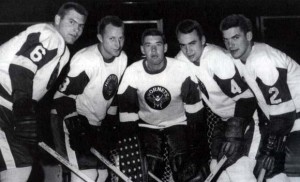
The Bruins will also get their choice of any junior player from the Hamilton Red Wings roster, with the exception of Peter Mahovlich. They will also pick up a minor-leaguer from somewhere in the Detroit system. Those players will probably be named at the end of the season.
Boivin, a hard-rock defender and the Boston captain, had been a trade target of Detroit general manager-coach Sid Abel all year. Things finally came to a head this week with the announcement that injured defenseman Doug Barkley will not return this season. Boivin will attempt to fill the huge gap created by Barkley’s absence.
Barkley, whom many consider the Red Wings most valuable player this season, suffered an eye injury a couple of weeks ago. The severity of the damage to the eye has put the star defenseman’s career in jeopardy.
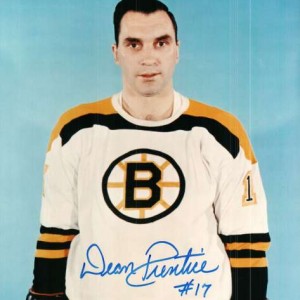
Bruins coach Milt Schmidt was very happy with the deal, although he hated to see two quality men in Boivin and Prentice leave the team:
Age is the key to this deal. Not just the 14 years we picked up already but the fact we can get one of their good amateurs and another good minor leaguer.
Bruins general manager Hap Emms, who engineered the deal for Boston, is very familiar with Doak, having seen him play for Hamilton against his Niagara Falls Flyers the past couple of seasons. He describes his new defender as a “smart, tough youngster.”
Abel was faced with the loss of Barkley and defenseman Warren Godfrey, who is out with a knee injury. He was realistic about the position he was in:
I hate to lose good kids but we needed help and we had to have it now.
Abel had said earlier this week he was working on a deal with either Boston or New York to shore up the defence.
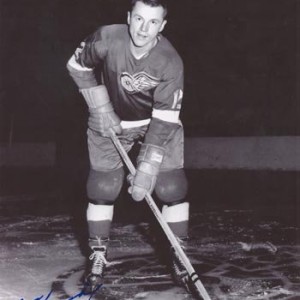
Boivin has played 13 seasons in the National Hockey League. He started with Toronto in 1952. He was traded to the Bruins two years later for forward Joe Klukay. He is known as one of the hardest body checkers in the game.
Prentice is also a 13-year veteran. He began his career with the New York Rangers in 1952, He was traded to Boston just over three years ago for Don McKenney, who is now in the Detroit organization. He has scored 236 NHL goals, seven this season with the Bruins.
Murphy has been a useful player for the Wings this season. Despite missing 19 games with injuries, he has scored 10 goals. He is in his third season with Detroit. He began his career in 1953 with the New York Rangers and was traded to Chicago for Hank Ciesla in June of 1957. He came to Detroit in a five-player deal in June of 1964.
The youngster Doak is a native of Goderich, Ontario. He spent his entire junior career with the Hamilton Red Wings of the Ontario Hockey Association Junior A series. Despite having a year of junior eligibility left, the Red Wings turned him pro this year. He played 48 games with Pittsburgh Hornets of the American Hockey League, scoring six assists. He had four games with Detroit.
A Second Major League?
With all the hullabaloo about the National Hockey League’s recent expansion announcement and the trail of broken hearts it left, it was only a matter of time before someone took all this disenchantment with hockey’s big league to its eventual destination.
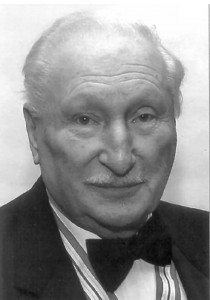
Toronto Telegram columnist George Gross this week floated the possibility of the formation of a rival league to compete with the NHL for players, fans and television dollars. And if you follow Gross’ logic, he may be on to something.
Lots of Money Available
Gross suggests that NHL excluded several very wealthy applicants, and created a bevy of unhappy, but well-heeled potential team owners. He cites the Knox brothers out of Buffalo. They made a very well-thought, comprehensive presentation but were excluded by the NHL governors, presumably because they are too close to Toronto. Their assets are estimated at $300,000,000 – certainly not chicken-feed.
Other rejected candidates with the financial resources to operate big league hockey franchises include Dan Reeves from Los Angeles, Jack Gleason out of Pittsburgh and Baltimore’s Zanvil Krieger. And, of course, there is Cyrus McLean, whose unsuccessful bid for Vancouver is well-documented.
Gross says, quite correctly, that it isn’t beyond the realm of possibility for these folks to rebel against the shoddy treatment accorded them by the NHL.
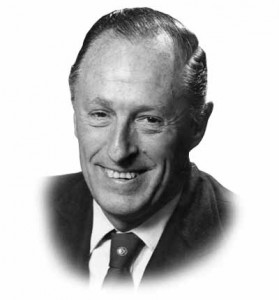
A logical step would be for a group like this to look to Toronto and Montreal. Surely in those communities there are people who would love to challenge the Smythes and the Molsons of the world. Gross suggests that the rejects could likely find enough cohorts to form what he has dubbed the North American Hockey League. He says that eight to ten franchises would be a good starting point.
Two Divisions
Gross envisions two divisions, one Canadian and one from south of the border. Canadian cities would include Toronto, Montreal, Vancouver, Quebec or Winnipeg. Possibilities in the U.S. would be New York, Los Angeles, Buffalo, Baltimore, San Francisco, Boston, Chicago or Detroit.
Now, you think, where would they get the players? In today’s hockey world, teams have their players protected and chained for life to the organization that originally signs them. The only way a player can move from his team is if the club deems him excess baggage and trades him away or releases him.
A new league would be under so such restriction. Gross feels an enterprising rival owner could easily sway a hockey star from an established NHL team. He provides the following example:
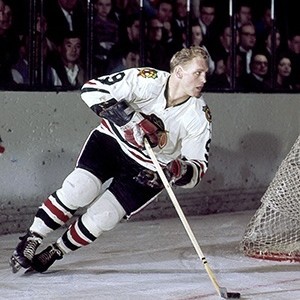
What if the owner of the Buffalo entry were to walk up to Bobby Hull and say “I’ve read somewhere, Bobby, that you were asking for $100,000 a season. If you care to join our club, you’ll get it.”
Do you think Hull would turn down such an overture? Not likely, says Gross.
Another hypothetical suggested by Gross is the case of Frank Mahovlich. It’s well known that the Big M’s relationship with Punch Imlach is tenuous at best. It even drove him to hospital last season. Can you imagine if a rival Toronto owner came to big Frank and offered him more money and an escape from Imlach’s sometimes Draconian management methods? How long would it take for him to jump ship for an offer like that?
Gross makes some great points as he engages in this bit of fantasy – but is it so far-fetched? Many people point out that before the NHL announced its expansion the owners of the Western Hockey League teams were working on a plan to declare themselves a major league. Part of their supposed strategy was to raid players from the NHL.
It could be that the NHL rushed this expansion project to head off such a move by the WHL. But they had better be careful. If expansion exposes more people to hockey’s big league, there might be a bigger demand for the sport in cities the NHL governors aren’t keen on.
It’s happening in football. It could happen in hockey as well.